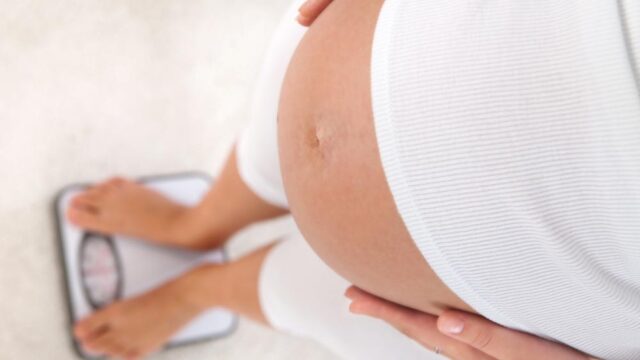Advertisment
Equivalency of drug and non-drug therapy for depression in heart failure

To treat depression in heart failure, patients can receive with similar efficacy either behavioral activation psychotherapy or antidepressant drug therapy, researchers report.
The findings appeared on Jan.17, 2024 in JAMA Network Open.
“The most important finding here is that patients experiencing depression have a choice in terms of their treatment between therapy or medications,” said lead author Waguih IsHak, MD, vice chair of Education and Research in the Department of Psychiatry and Behavioral Neurosciences at Cedars-Sinai Center in Los Angeles, California. “Patients who prefer not to be on medication can do behavioral activation therapy with similar results.”
Behavioral activation is a treatment for depression promoting engagement in personalized pleasurable activities selected by patients.
This randomized, comparative effectiveness trial was conducted from 2018 to 2022, including 1-year follow-up. Subjects included inpatients and outpatients diagnosed with heart failure and depression.
The primary outcome was depressive symptom severity at 6 months, measured using the Patient Health Questionnaire 9-Item (PHQ-9). The PHQ-9 is a multipurpose instrument for screening, diagnosing, monitoring and measuring the severity of depression.
The investigators enrolled 416 subjects (243 male), with a mean age 61years.
They randomized 208 subjects to behavioral activation and 208 to drug therapy.
At baseline, mean PHQ-9 scores were 14.54 in the behavioral activation group and 14.31 in the drug therapy group.
Both behavioral activation and drug therapy subjects achieved a 50% reduction in depressive symptoms at 6 months. There was no statistically significant difference between the cohorts for the primary outcome of PHQ-9 at 6 months, with a mean score of 7.53 for behavioral activation vs 8.09 for drug therapy.
The authors summarized, “This comparative effectiveness randomized clinical trial of BA [behavioral activation] vs MEDS [drug therapy] found that among patients with HF [heart failure] and depression, there was reduced depressive symptom severity by nearly 50% in both interventions at 6 months, with no significant differences between BA and MEDS groups at 3, 6, or 12 months. There were no significant differences in secondary outcomes of HRQOL [physical and mental health-related quality of life], caregiver burden, morbidity, or mortality between BA and MEDS groups at 3, 6, or 12 months. However, patients receiving BA, compared with those receiving MEDS, had slightly higher physical HRQOL improvement at 6 months and were less likely to visit the ED with fewer days hospitalized at 3, 6, and 12 months, which were all statistically significant. There was no significant difference in hospital readmissions.”





